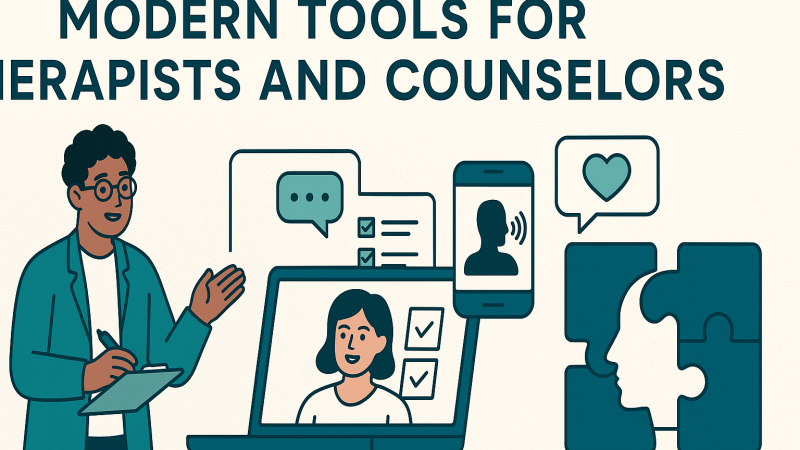How Design Designed for Everyone Creates a Better World
With the power that the internet has bestowed upon us, connecting across borders is no big deal. This connectivity is further strengthening the bridges that reach every possible target group of potential audience and customers. Companies are addressing the strength of connectivity and utilizing it to enhance their market presence.
Since content appears to be the torchbearer of the digital revolution across social media sites, commercial websites, small to large businesses, and entertainment ventures, digital designing is a component that holds a lot of significance. Designers are no longer focused on the sole purpose of aesthetics but are navigating through the nooks of accessibility and inclusiveness.
Can you imagine engaging with a website where the features are scattered, and you can’t figure out your way across the site? How would your experience be if you could not read the content on some of the pages?
Designers who keep up with the market trends create a design approach that caters to diversity and provides a user-friendly space.
But how does design hold the power to create a better world?
In today’s setting, the internet has become a one-stop destination that acts as a repository for nearly all requirements, be it entertainment, corporate, retail, or any kind of sale. Being a hotspot for all needs, many users try to engage with different sites and platforms.
Companies, technology, brands, and creators that address this diversity realize the importance of designs that allow users from different backgrounds to use their services. Digital product design agencies understand that the inclusion is a critical factor in all marketplaces, and it serves as the meeting point of diversity and design.
When more users find it easy to engage with a website, comprehend a logo, make sense of a poster or follow a direction manual, the purpose of diversity and usability gets fulfilled. This purpose is becoming the driving force leading designers to change the way they draft and design.
Lack of inclusiveness or biases in a design prominently affects the users’ response towards a brand and the overall image of the brand or the name associated with the design.
Bias impacts the audience’s approach towards the technology and systems they come across. When designers overcome this bias, they build good design practices with ethical creativity and quality standards.
Accessibility as a core component
Designing firms and designers who incorporate equity, usability, and accessibility attract diverse audiences and cater to their distinct abilities. They ultimately serve as an integral ingredient in building a better technological experience for people with different physical and cognitive skills.
Along with the benefit of serving more people, these components allow better traction, traffic, and engagement as they appeal to larger audience groups. Inclusive designs eventually invite better sales and market performance as they take a step towards creating a unique space for people from diverse backgrounds.
Accessibility connects people to technology without making chaotic modifications and reduces repetitive actions. It provides better affordance and constraints that enable technology to be more operable. The vision of successful designers and companies is to keep the designs simple while removing extra information and allowing easy understanding regardless of experience or technical literacy.
Keep the feedbacks in mind.
The simplest tweaks and changes can change an average and complex design to a good and user-friendly one. Clearly labeling the controls, giving clear prompts to users, and taking care of errors or overlapping design are ways that can reduce usage barriers and allow a diverse range of users to engage with the designs.
The key to understanding what changes can improve the overall design and what might add to the negative aspects is to keep your eyes and ears open to feedback. Users often take the time to assess the problems they face and drop in their suggestions for improvement. You can also provide a clear section for feedback in your design and accommodate the pointers in your updated version.
Accessibility and usability standards serve as the foundation for good design. With a more usable and accessible outlook for products, technology extends its arms for users from different backgrounds and makes the world a more friendly space for all types of users.
Be the change
Companies and brands often develop an extraordinary vision and have a mission that stands true to numerous ethical and convenience-based goals. Their number one rule is to offer a solution and create a brand identity that values the customers and delivers the best.
When users come across a brand or company, their first interaction is mainly with a design associated with the name. It can be a logo, a poster, a website, or a simple email campaign. In any case, designers need to ensure that they incorporate the company’s marketed values in their design.
The design allows the company to communicate with a more diverse population by formulating an inclusive environment. Top market leaders preach what they believe by inculcating tools and features in their design that highlight their approach towards a change. An instance of this can be providing an alternate language to allow users from a broader group to actively work along with a design.
An active dialogue about inculcating necessary changes can create a supportive environment that combats bias and exclusion. According to a study by CDC, about 26% of American adults suffer from motor impairments, physical or visual impairments, or dementia. To assist these users with a smooth experience, designers add voice and graphical interfaces in their designs.
Inclusive design is beneficial for a range of users, and designers recognize the power of inclusivity. They are sketching their designs along with the blueprints of usability, accessibility, and simplicity. If both the users providing feedback and the designers working on designs collaborate in an active dialogue, design can help build a unifying digital world and a better space for everyone.
Pranjal Bora works as Design Lead at Digital Authority Partners, a full-service digital marketing agency.





